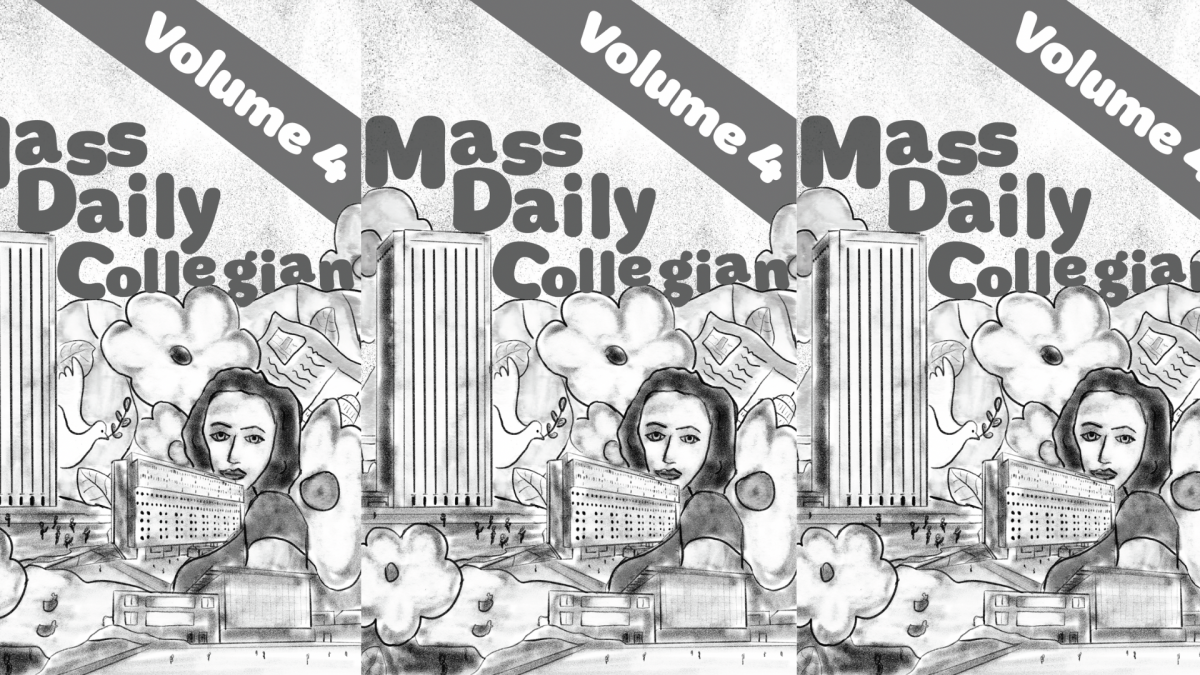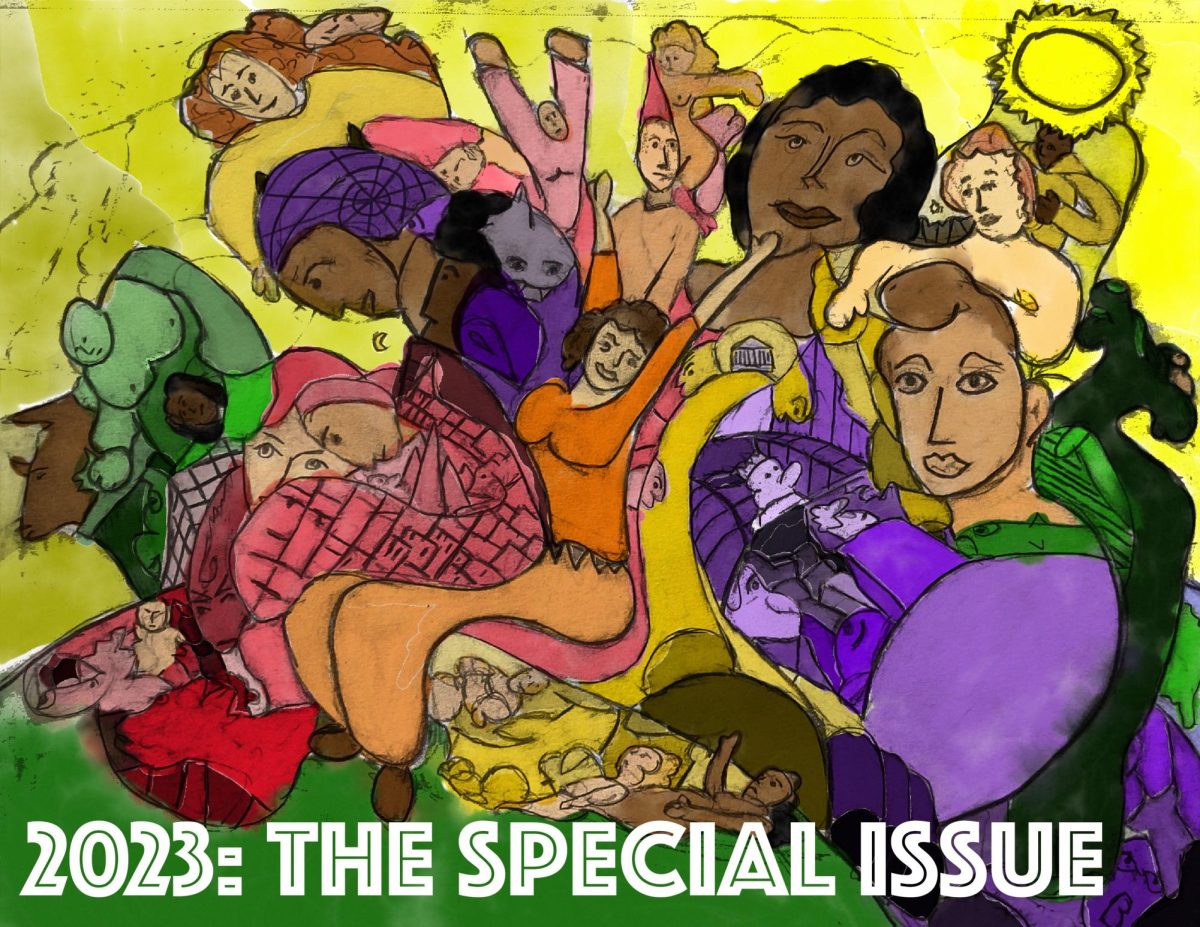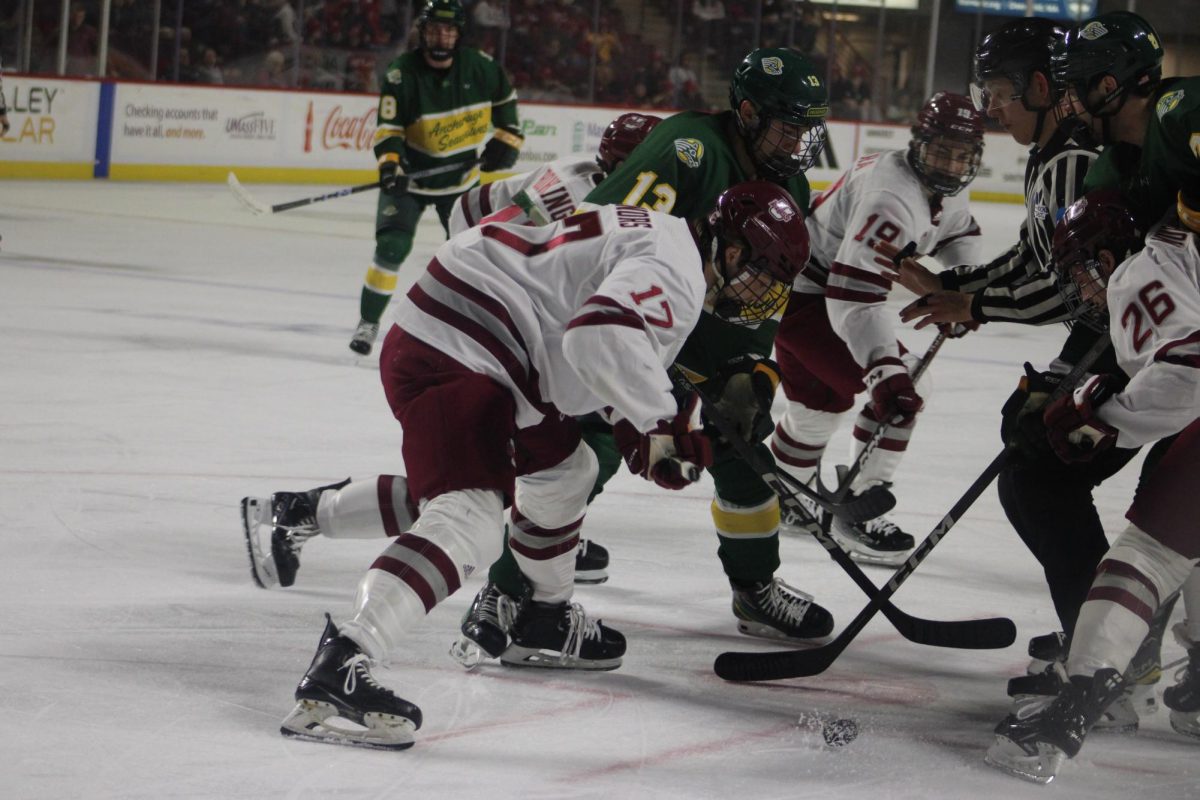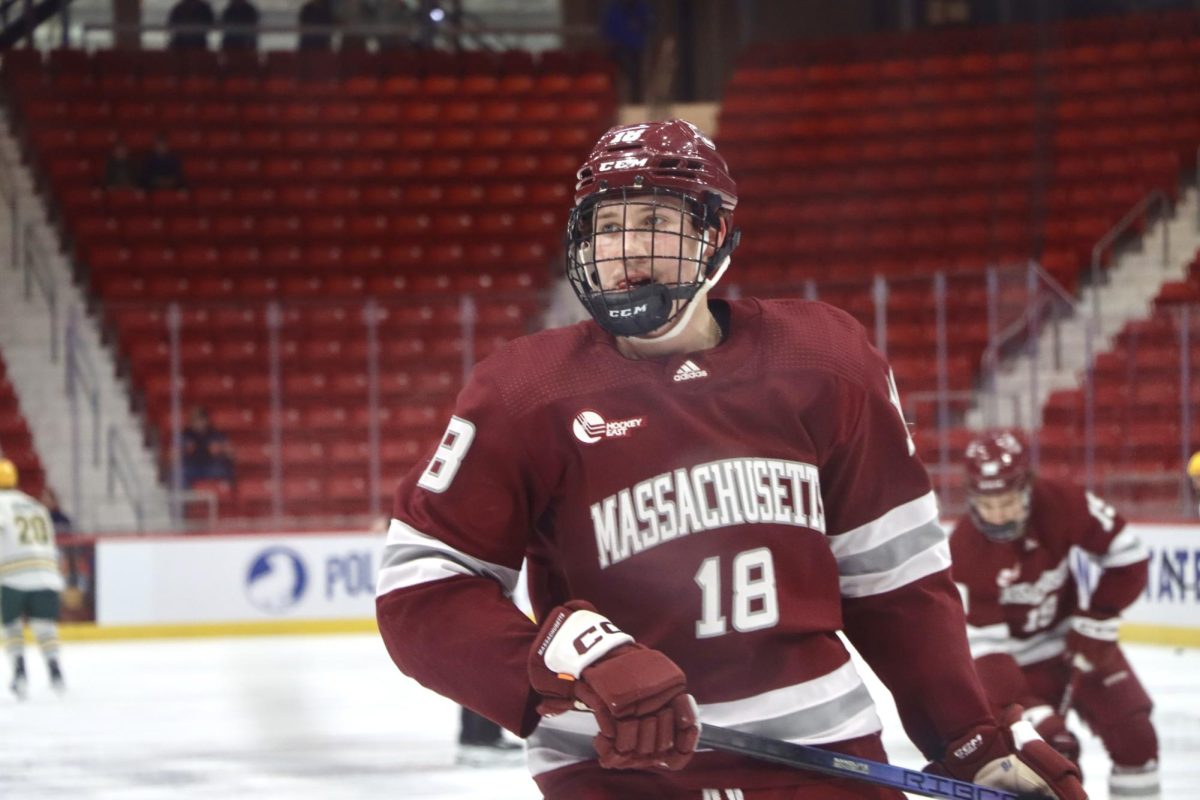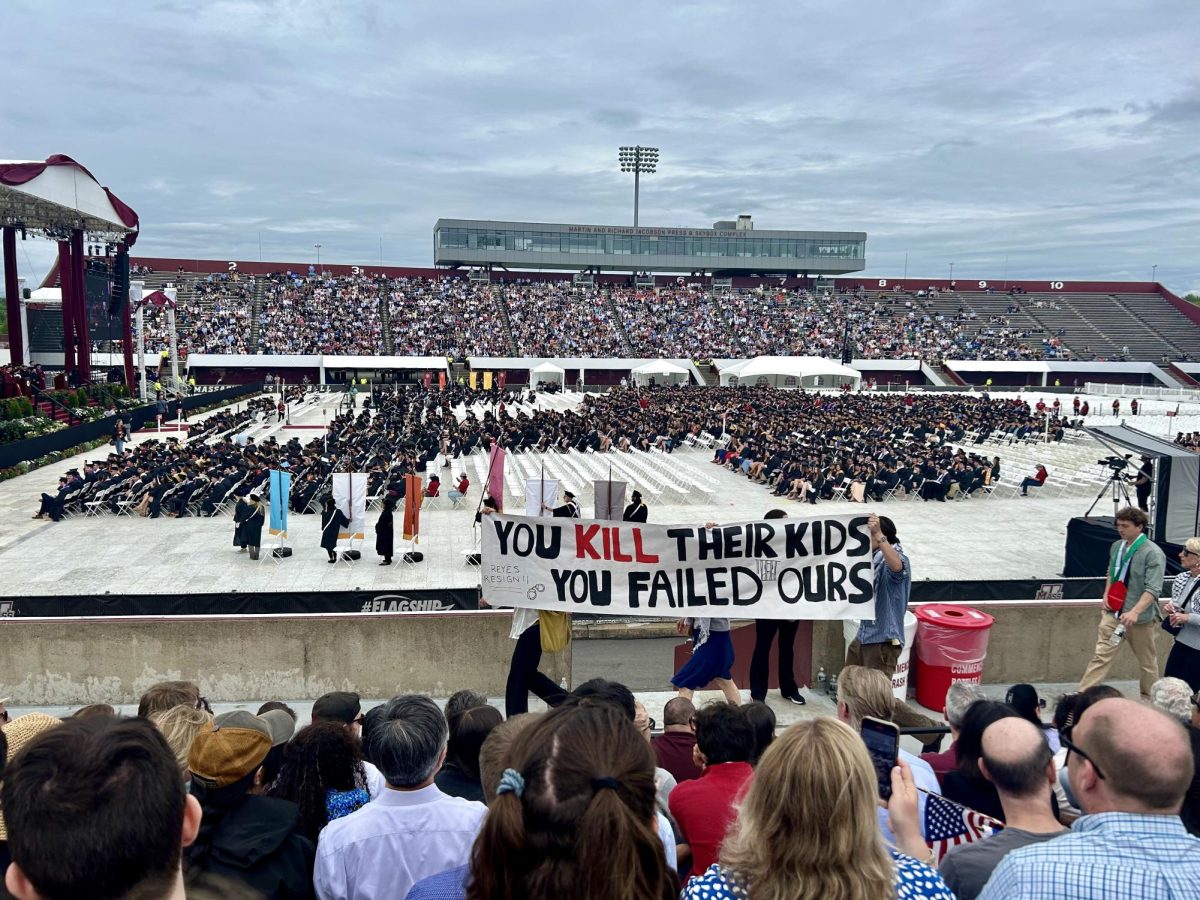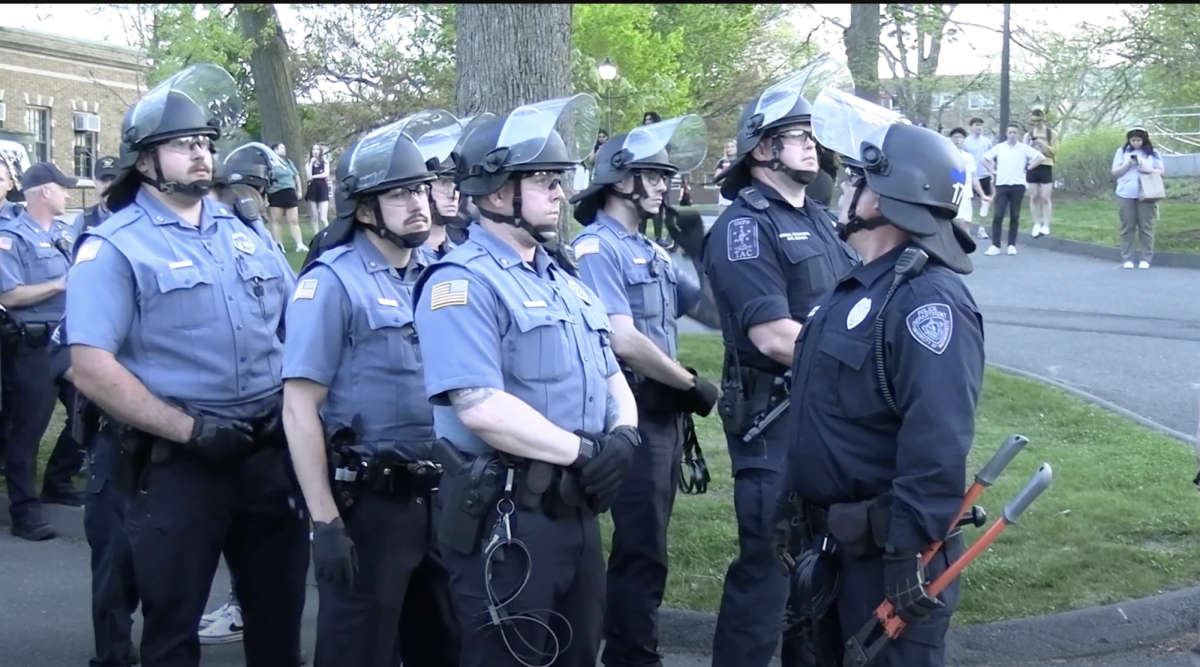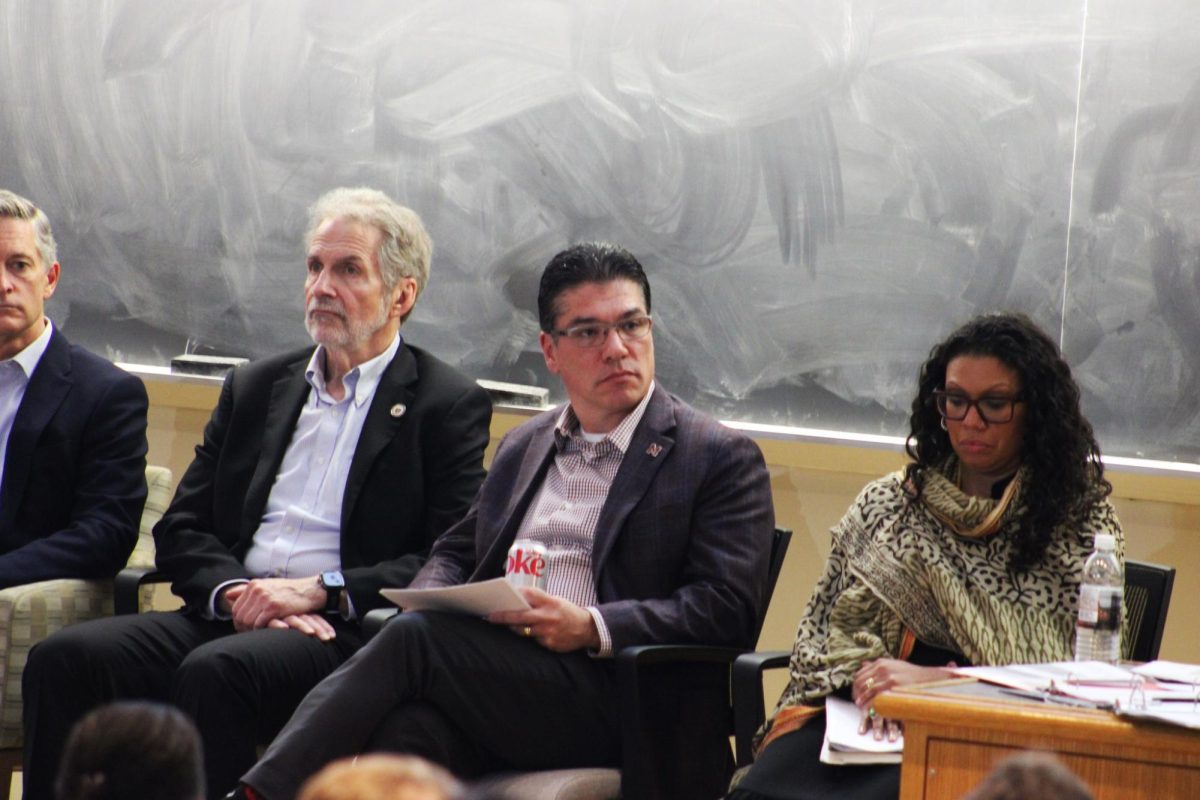Two-thirds of Americans are affected by addiction, either through personal experience or supporting a loved one. Despite this widely shared experience, the stigma around addiction remains pervasive. Equally stigmatized is the complex and nonlinear path to recovery.
At the University of Massachusetts there exists a thriving community whose very existence proves these negative associations false. UMass Recovery is a community rooted in the principles of harm reduction and is committed to providing peer support for those considering recovery or in active recovery from unhealthy substance use.
The group maintains a space for people to tell their stories and explore the challenges that impact recovery.
“Addiction can be the most isolating, lonely experience. And it also often stems from those feelings of isolation and loneliness,” Aidan Leonard, a graduate student assistant at UMass Recovery said.
Peers in active recovery help each other navigate those challenges and past experiences, while also carving a healthy, positive path forward. Maintaining recovery is about more than just staying sober. Social interaction is essential but can be daunting when your entire framework for socializing has been altered. After all, people “are not getting sober to be miserable,” Leonard said.
“Experts in their own experience”
The group emphasizes a path toward recovery that accommodates the complex reality of getting sober. This perspective is informed by the concept of harm reduction, which prioritizes supporting people regardless of their drug use and acknowledges that there are multiple pathways to recovery. That means getting help doesn’t always look like abstinence and it doesn’t always happen in one go.
“Some students aren’t ready to stop…they may not identify themselves as a person with a substance use disorder or want to be in recovery… we’ll support them wherever they are at,” Diane Fedorchak, director of Substance Misuse Prevention at UMass, said. “Because the person can’t recover if they’re not alive, right?”
For students not ready to get sober, UMass Recovery still provides community and tools to stay safe as part of their guiding philosophy that “people are experts in their own experience” Leonard said.
Abigail Pedersen, a senior psychology major, joined UMass Recovery last fall. She had spent the summer before her junior year getting sober with the help of a therapist and treatment program.
“For a while, I could not be 100 percent sober,” Pederson said about her return to campus. “I knew that, but I still needed some sort of support and I still felt comfortable going to UMass Recovery.”
“When I was first going back to school after trying to get sober over the summer…my mentality was that this is going to be so terrible,” Pedersen said. “I was so negative about it and UMass Recovery helped me have a more positive outlook on everything and [know] that you don’t need substances to go out and have fun.”
The group’s support network includes recovery lunches – open to all community members and allies – which are designed to help “get your foot in the door” for those considering recovery. The conversation doesn’t necessarily have to focus on addiction or sobriety, Leonard emphasized.
All-recovery meetings are more focused conversations for those questioning their own substance use and considering recovery. They are primarily facilitated by Leonard and often feature readings from a variety of recovery resources. All-recovery welcomes many paths, including 12-step programs, smart recovery, refuge recovery and medication-assisted treatment.
Leonard recalled how first-time participants are often embarrassed to share their thoughts until they come to see that “everyone in the room has had the exact thought pattern.”
“They’ll come in and be like, ‘I really wanted to stop, I don’t want to drink anymore but something keeps happening. I think I’m going crazy,’’’ he explained. “And everyone’s like, ‘No, that’s right where you’re supposed to be. That’s very normal. That’s what we’ve all been through.’”
Imagine, “for the first time in your whole life, not feeling alone,” Leonard elaborated. “Especially [after] being on a campus of tens of thousands of people [and] feeling like you have no one to turn to.”
Collegiate recovery on a national scale
600,000 college students are recovering from a substance use disorder. There are only 150 designated collegiate recovery communities out of more than 3,000 colleges and universities in the nation.
As part of his National Drug Control Strategy, President Joe Biden mandated a 25 percent increase in collegiate recovery programs over the next two years. Some universities, however, have remained resistant to these initiatives.
“There are colleges that refuse to post information about 12-step programs on campus because they’re worried about the way it will be received. [They worry] ‘people will think we have a drug problem,’” Fedorchak explained. “What it actually says is, ‘we care.’”
College-aged adults (ages 18 to 25 years old) make up the highest proportion of those with substance use disorders, but less than 4 percent of college-aged students with substance use challenges will seek help. That makes collegiate recovery programs and their adjacent intervention programs so important, Fedorchak said.
College recovery programs exist at a critical point to provide early intervention support and harm reduction strategies at the very beginning of unhealthy substance use. There is no such thing as someone “too young to be an addict,” Fedorchak said.
“The earlier we intervene the better,” Fedorchak said. “For some of our students, it’s planting seeds that may not take root until years down the road.”
Of the four percent of college-aged students who seek help for their unhealthy substance use, only fifty percent will remain sober six months into their recovery. Relapse reflects the, “nonlinear, circular, spiraling way of human behavior,” Fedorchak said. “I have story after story of my years here, and I have heartbreaking stories too. We’ve had students die and it’s absolutely heartbreaking.”
While the numbers remain daunting, success stories abound in the most unexpected ways.
“The seeds that were planted along the way, you never know when they’re going to sprout,” Fedorchak said. “Students curse me out, reject help, years go by and [one] student almost died multiple times past graduation. And I had this student come back and make amends with me and was in recovery.”
Leonard’s story is one such example of what Fedorchak calls, “the gifts of healing and the gifts of what you can do when peers come together to support each other.”
As a transfer student to UMass in the spring of 2017, he found himself caught up in the college party scene. “It was hard for me to connect with people. That led to a lot of partying and drugs and alcohol. And that continued to progress until [the pandemic] when it peaked,” he said. “I was at the point where I couldn’t even go to class anymore…I was on the verge of failing all my classes [and] I ended up going on medical withdrawal.”
With his family support, he entered a treatment program.
“I found connection, that connection I’ve been seeking for a long time,” he said. “I talked to people that share these perspectives [which] I thought I was alone in feeling for so long.”
When deciding to re-enroll at UMass, “I knew I was going to have to replicate that feeling of connectivity that I had in recovery…if I was going to be able to succeed here.” The peer community that makes up UMass Recovery helped him sustain that.
The future of collegiate recovery programs
UMass Recovery is not a resource solely reserved for students overcoming a substance use disorder. One of harm reduction’s core components is creating support networks for people who use drugs to remain safe and UMass Recovery helps meet this need.
With the opioid epidemic exponentially expanding into every facet of American life, harm reduction resources remain critical. Higher education is no longer a protective factor for unhealthy drug use, nor does it reduce the risk of exposure to fentanyl, a highly potent synthetic opioid.
In 2022, more than 50 million fentanyl pills were seized by the Drug Enforcement Administration. Six out of ten of those fentanyl-laced pills had lethal levels of the drug. This has increased exponentially from 2021, when four out of ten pills were found to have deadly concentrations of fentanyl.
The higher risk of exposure has increased public awareness around the benefits of carrying Narcan – the brand name for naloxone, a medication capable of reversing the effects of opioid overdose.
“Maybe nobody in my direct vicinity needs Narcan,” Fedorchak said, “but I walk down the streets of Amherst, I walk down the street of Northampton…and I have this life-saving drug on me…it’s kind of like why people learn CPR.”
The Public Health Promotion Center began distributing Narcan kits five months ago and has distributed 395 doses, in collaboration with the BASICS program and UMass Recovery. Their average monthly rate during the spring semester was 131 Narcan kits per month, according to William Shrenker, a registered nurse at the Public Health Promotion Center.
“Having [Narcan] available and visible on campus is huge to destigmatize addiction and harm reduction,” Leonard said. “As someone that once struggled with addiction, seeing Narcan accessible makes me feel like I matter and that people [who are] struggling are cared about and people want them to stay alive.”
Grace Fiori can be reached [email protected].



